I left Hawaii’s biggest city for one of the most remote places in the islands: Kalaupapa National Historical Park on the island of Molokai. The Kalaupapa Peninsula is the site of the historic settlement for victims of Hansen’s Disease, or leprosy. Patients from all around the pacific were essentially imprisoned here for decades until the colony was closed in 1969. Many patients continued to live here, and about 16 still call the settlement home. The park is thus unusual for its living history, and very few visitors get the opportunity to come here. The park’s isolation means it also has rich ecological resources, and I’m looking forward to seeing the reefs and fish here as well as learning more about the history and interacting with the residents of Kalaupapa over the next few weeks.
From Honolulu I hopped on a tiny nine-person plane to Kalaupapa. I met NPS maintenance mechanic/biological technician Randall Watanuki and his wife Meli, one of the patients at the colony. They greeted me by name—news of visitors travels fast in the small Kalaulpapa community. The flight offered beautiful aerial views of Oahu and Diamond Head Crater, and soon we approached the striking sea cliffs of Molokai, the tallest in the world. NPS marine ecologist and my coordinator Eric Brown welcomed me with an aloha at the airport and drove me to the settlement. On the way, we stopped to check out a Hawaiian monk seal and her pup who had hauled out on the beach. These are some of the most endangered marine mammals in the world—slightly over 1,000 remain—and they come to raise their pups on Kalaupapa’s beaches. The pup was about a week and a half old but already about the size of the sea lions in the Channel Islands, and we watched from a distance, hidden under pine trees as the pup nursed. Not a bad introduction to the island!
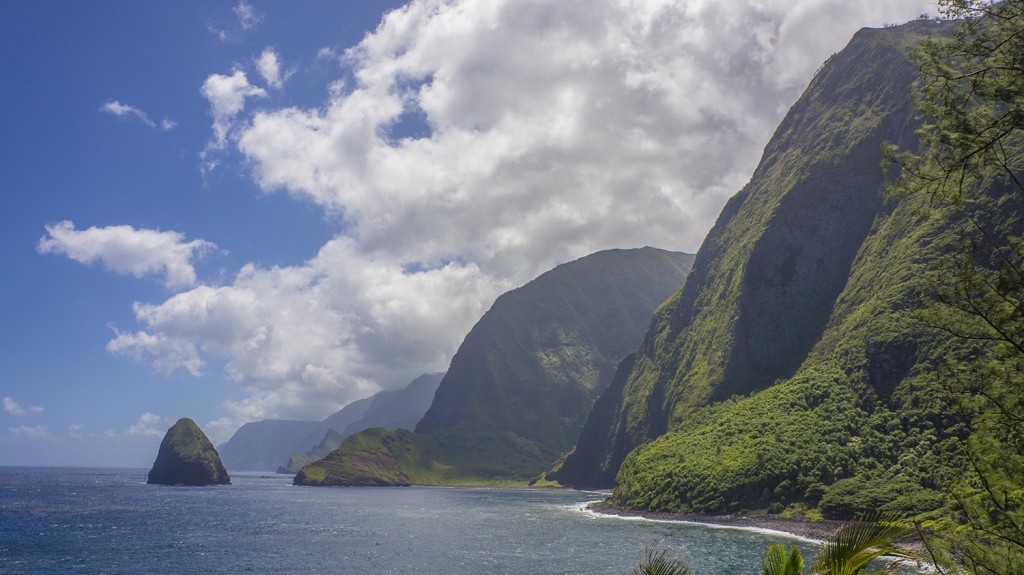
The view from the start of our hike. Waikolu valley is behind the nearest cliff. You may recognize this view from the opening sequences of Jurassic Park III.
Eric showed me the dive locker and park office, which was conveniently right across from my housing in Bay View Home. We met up with biological technician Sylvester “Sly” Lee, and went to meet the Pacific Network Inventory and Monitoring team: aquatic ecologist David Raikow, biological technician Anne Farahi, and volunteer Barbara Leuhrs. They had flown into topside Molokai and were hiking down the cliff trail. We would spend the next week together camping and performing stream surveys in Waikolu valley. Eric had us over for a fabulous vegan pizza dinner and we discussed the week ahead. The next morning, we loaded all of our camping gear, food, and sampling materials in waterproof bags. Randall, Sly, and Dave took them to our campsite in the park boat, while Eric, Anne, Barbara and I drove to the backside of the peninsula and hiked over, picking our way across loose lava rocks. We helped swim in the bags and coolers of food and set up camp near the mouth of Waikolu stream. Dave Conlin had generously sent over a tent for me, and Eric brought an extra sleeping pad and cooking supplies, so I was well equipped for the week ahead. After a quick lunch, we headed over to the mouth of the stream, our first sample site.
The stream surveys are designed to test water quality, map stream habitat type, and monitor stream-dwelling species of fish and snails. The park boundaries reach nearly to the tops of the sea cliffs, meaning the entire watershed is protected. They sample both permanent and randomized temporary sites every year, and thus may be able to track the effects of weather events and landslides, as well as long-term climate trends. For each site, we lay a 30m transect and characterize the stream habitat type at each meter. We test water quality with a Sonde device that measures parameters like pH, salinity, and dissolved oxygen, and take water samples to be tested in the lab. A flow tracker measures the total amount of discharge in the stream. This survey is tricky because it works best in pure flow without any vertical or horizontal eddies from uneven surfaces. Ideally we would find a perfectly flat spot with vertical walls, but since this is unlikely to exist in a natural stream we have to settle for reasonable spots, or sometimes shift rocks and boulders to dam up any “leaks” and create the best site we can. Another survey is the pebble count, for which we measure the longest diameter of 20 rocks at even intervals across the stream at the 0, 15, and 30 meter mark along the transect. We also do fish counts, for which a snorkeling scientist records numbers of a species of stream-dwelling fish, collectively called o’opu, at 10 randomized quadrats along the transect. In those same quadrats, we measure any hihiwai snails and count all juveniles and eggs. The surveys require a fair bit of scrambling over slippery rocks and walking in the stream, so Eric outfitted me with a pair of felt-soled tabis, which not only allowed me to stride sure-footedly through the stream, but were also undeniably stylish.
The following days, we hiked along the stream to our planned sites. The trail isn’t regularly maintained since it exists primarily for these surveys (visitors are permitted to boat along the coast but not set foot on land), so we often had to crash our way over, under, and through dense vegetation. After the first few sites we fell into a routine, and with our big group we were soon able to finish each site in a little over an hour. On one marathon day we completed three sites, putting us well ahead of schedule for achieving our goal of eight sites in five days. After hiking back to camp, Randall would take the water supplies back to the park in the boat to keep them frozen (this prevents any photosynthesizing organisms from altering the chemical contents of the water), while we organized data sheets and put away sampling equipment. We would rinse off in the stream—turns out wild ginger fruit makes great shampoo—and prepare for dinner, which we took turns cooking for the group. My ambitions for backcountry snacks didn’t extend much beyond trail mix and granola bars, but Sly, a true camping gourmand, treated us to pear and brie hors d’oeuvres each evening as we waited for our camp stoves to heat. One afternoon we got back early enough to fit in a pre-dinner snorkel, and eagerly explored the little reef by our campsite, finding colorful flatworms and a huge moray eel. At night we admired the Milky Way and exclaimed over occasional meteors before retiring to our tents.
We were so efficient that we finished our eight sites well ahead of schedule, and returned to the settlement on Thursday afternoon. After some extensive unpacking, laundering, and showering, we were invited to state employees Tim Richmond and Rafael Torres’s lovely home for their weekly movie night. Tim cooked a sumptuous dinner and we enjoyed a screening of Lilies of the Field in honor of Auntie Pauline, one of the patient’s, 79th birthday. Even in my first few hours of being back in the settlement it was clear how close-knit and loving a community this is. The next day, I happened to be in the communal kitchen when NPS Chief of Natural Resources Paul Holsten and his niece Laurel came in to harvest honey from his bee colony, and got to help collect the honey and do some tasting for quality assurance. Sly then took the I&M team and me on a tour of the Kalaupapa peninsula. He showed us the lighthouse, beautiful tidepools, lava caves, the world’s deepest pond (which he tells me we’ll be sampling next week!), and the churches of the original settlement in Kalawao, on the backside of the peninsula. Each site has associated histories and mythologies that the patients have passed on by word of mouth or in their memoirs. Dave, Anne, and Barbara headed back to the Big Island, but I’m looking forward to two more weeks in this beautiful and unique place. Coral surveys, a climate change project, and, I’m told, lots of community volleyball, frisbee, and movie nights lie in store for the rest of my stay!

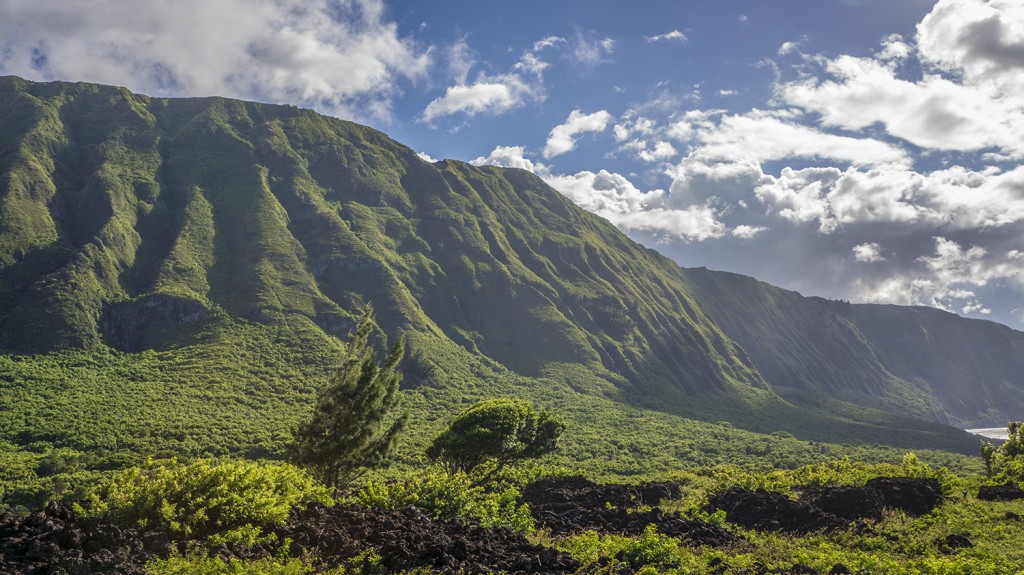
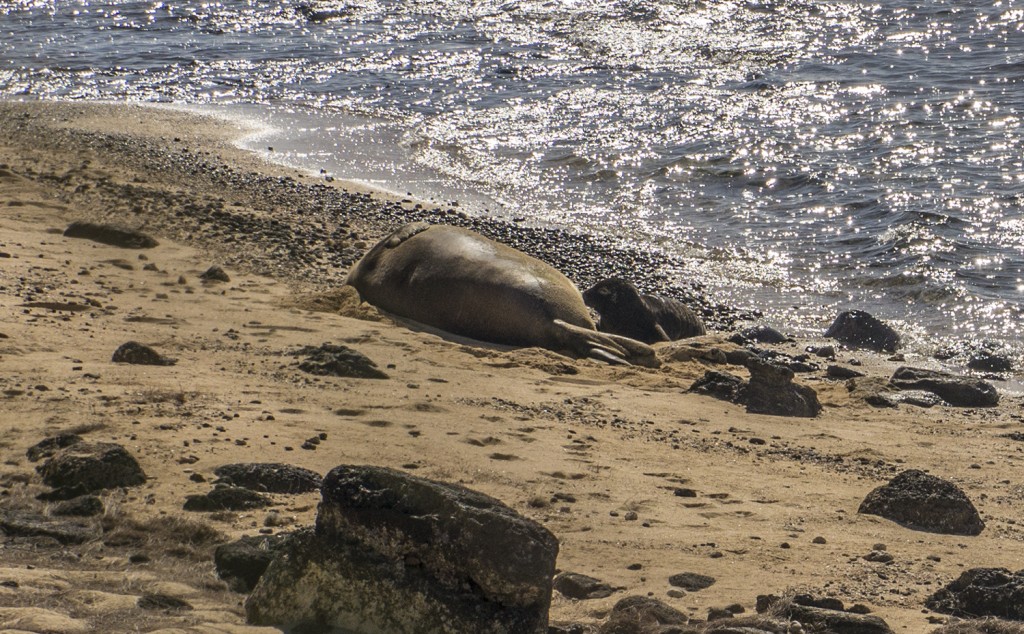
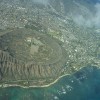
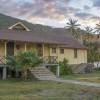
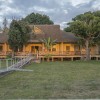
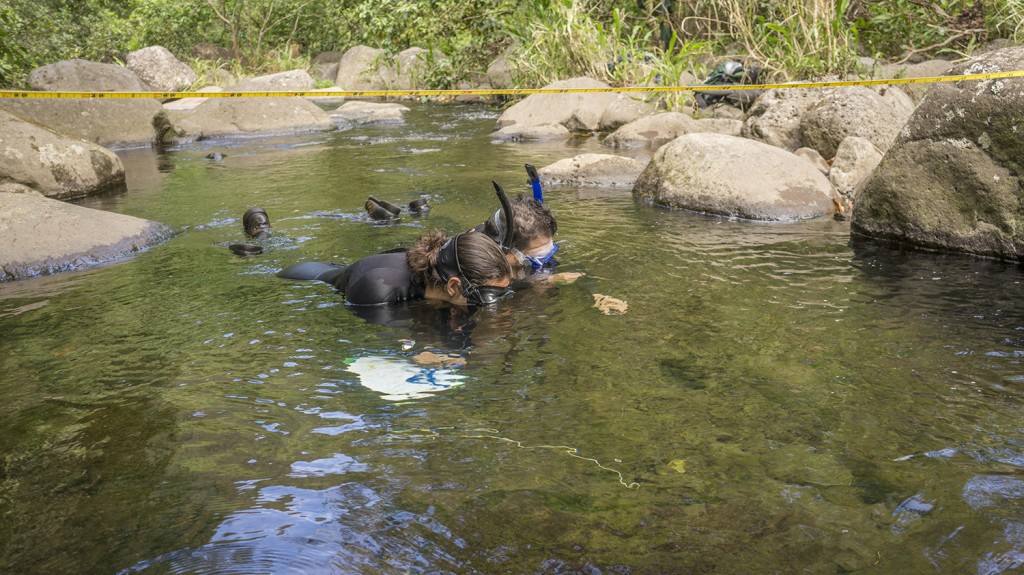
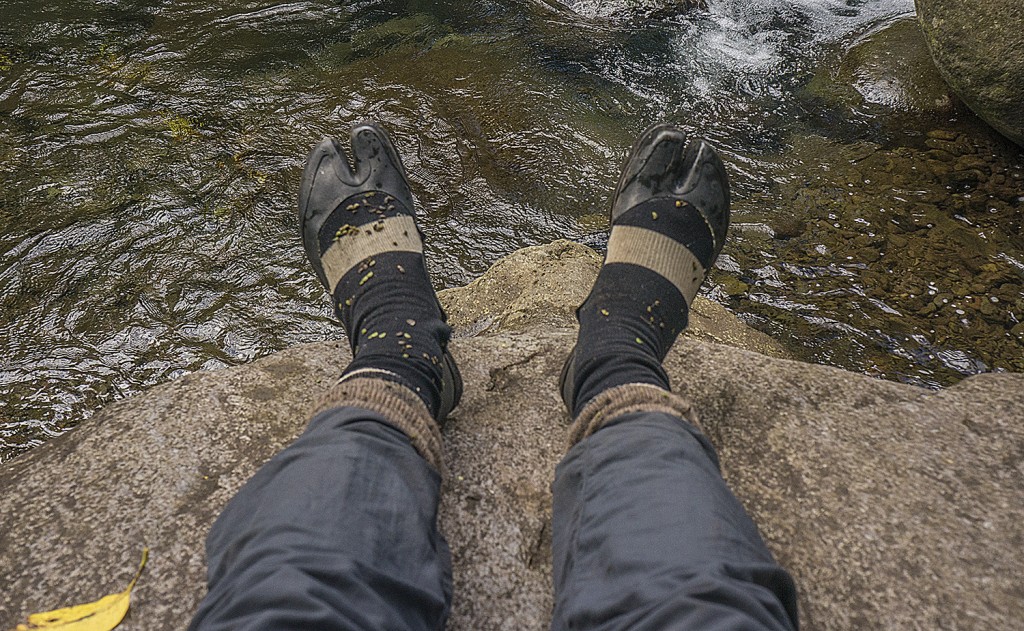
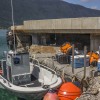
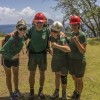
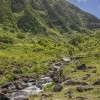
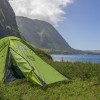
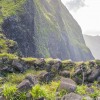
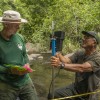
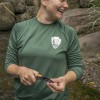
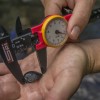
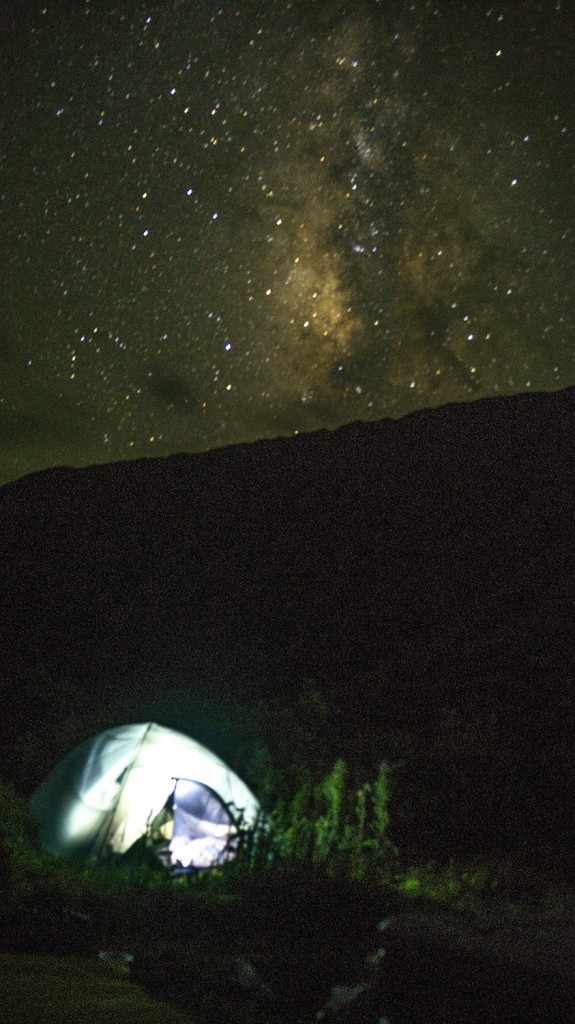
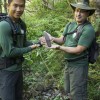
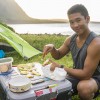
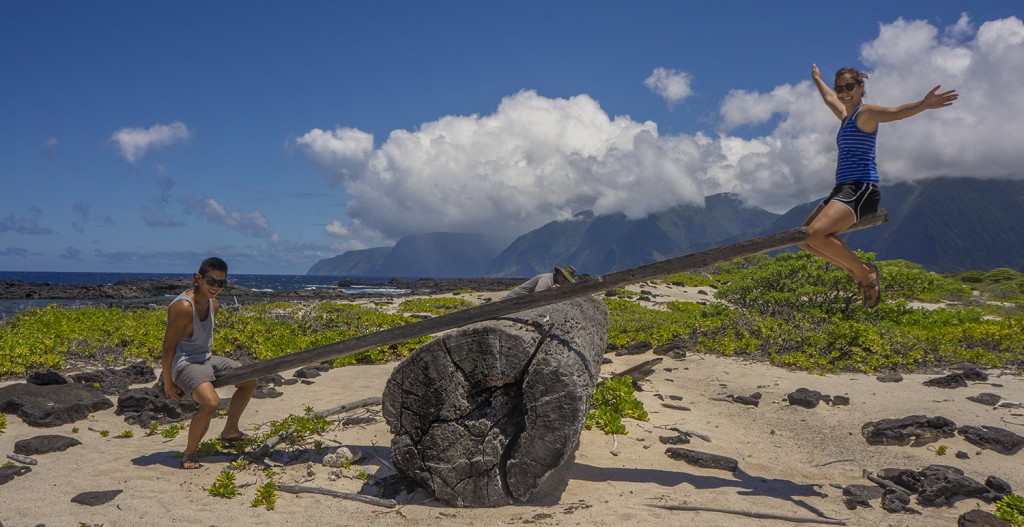
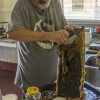
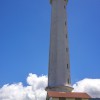
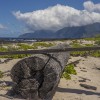
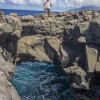
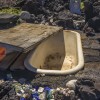
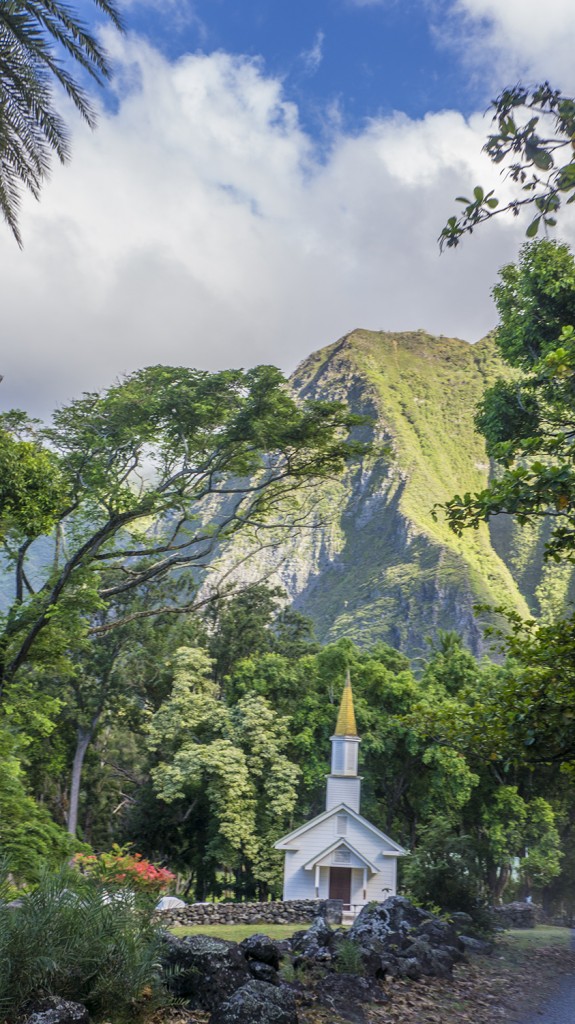

It was pure bliss reading this Jules, and we miss you dearly. This place is not the same without you, this tiny, isolated world, our little Bubble
But, we hope to see you soon!!!! You really were a “breath of fresh air” to this little peninsula. Looking forward to seeing what other adventures you get yourself into. Best of luck my friend!